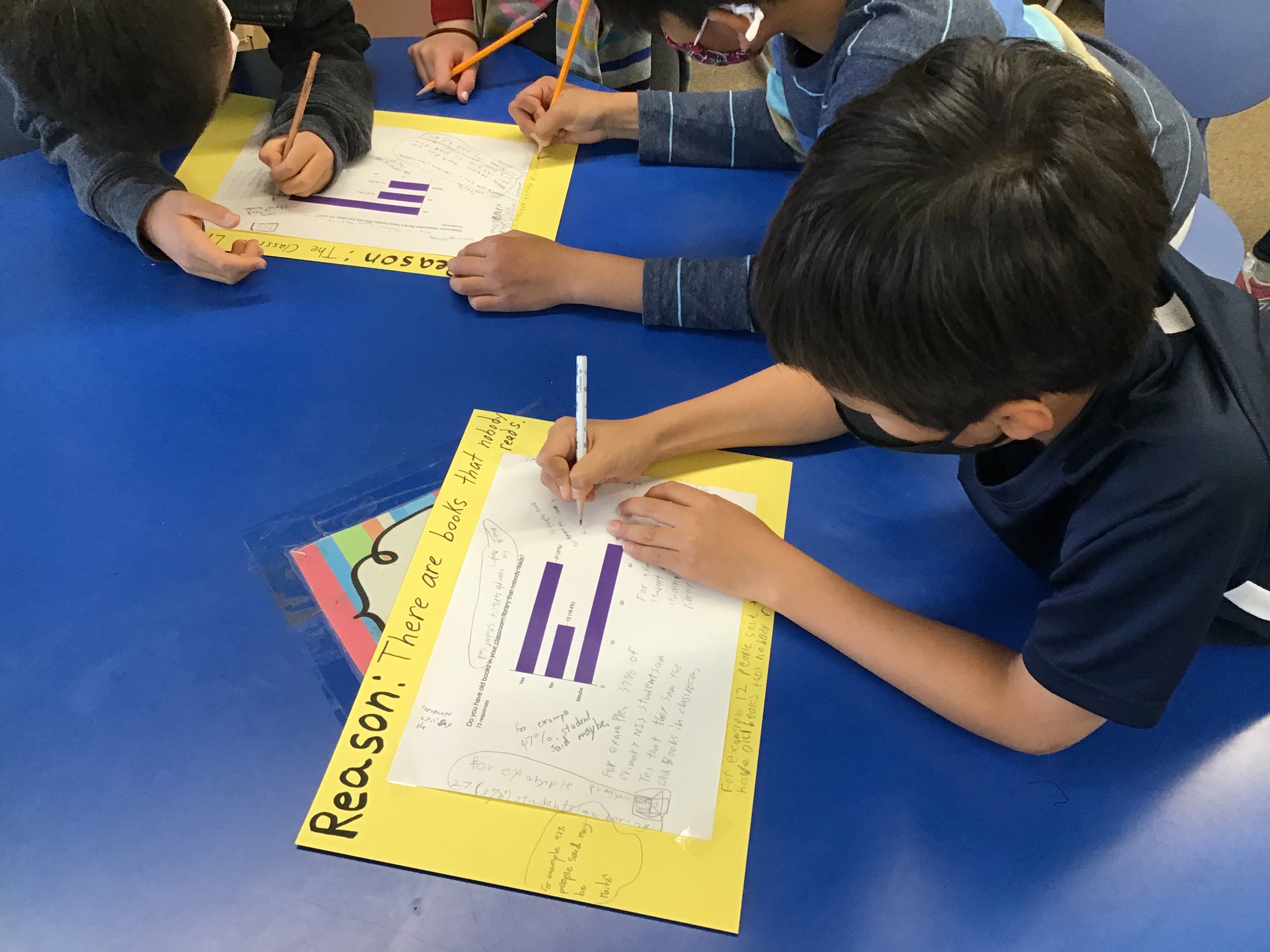
Like many schools, our goals and how we make our decisions and view ourselves as a school community are defined in our mission.
We inspire and empower our students to think creatively and critically, pursue lifelong learning, and contribute positively to the global community.
These words were chosen after much thought and debate to represent our school’s values and beliefs around what is important for our students to be able to do as a result of gaining the knowledge, skills, and conceptual understandings inherent in the NIS experience.
As with other schools, we have highlighted both creative and critical thinking as two vital attributes our students must nurture to be successful and contribute meaningfully to the global community. While creative thinking may be easier to understand, how to think critically is more difficult to grasp.
Critical thinking is not simply another name for ‘problem-solving,’ but instead, it should be considered one of the key components within the problem-solving process. The process also includes a disposition - or way of thinking - that enables students to define complex problems accurately. To understand all of the complexities and ramifications involved with a specific problem or issue, one needs to question and challenge the assumptions and biases that are inherent in the problem. This questioning and challenging is the critical thinking part of the problem-solving process. In addition, problem solving also requires the ability to reflect, be skeptical, and empathize to develop multi-dimensional perspectives on issues.
How are critical thinking skills developed? From the classroom perspective, for students to effectively nurture critical thinking skills, a shift is required from a teacher-centered model to a student-centered approach. This approach naturally requires a collaborative environment between students and also between students and the teacher. And while there is, of course, merit in the teacher-centered model for some subject matter, this more collaborative approach encourages a different balance of power in the classroom that is negotiated and shared. It often seems less ‘structured,’ and for parents who are used to a more traditional approach that promotes more memorization of facts and data to form opinions, this constructivist approach to learning can be difficult to understand and appreciate at first.
Within this environment, students are encouraged to challenge their assumptions, share their thoughts, learn from others, and ask many questions. Teachers need to juggle acting as taskmasters and facilitators, counselors and guides. Students become motivated to make their learning personally relevant to them by taking different paths on their own timing, and they become adept at analyzing a question from alternative perspectives. As critical thinkers, they come to learn that people tend to view the world through unique - and naturally biased - cultural lenses. They learn that everything we see may not actually be as it appears. True critical thinking must emphasize the need to respect the opinions and cultures of others to allow for multiple perspectives and viewpoints to coexist.
Why is this important? In our increasingly interconnected global existence, students must nurture the ability to understand and appreciate other cultures and beliefs fully and logically and respectfully challenge them at the same time. It requires flexibility, a thirst for knowledge, an open mind, and the courage to accept change. It requires a clear understanding of the situation and the awareness that certain closely held views or hard truths may, in fact, be biased or not as they seem. It can be uncomfortable to step out of one’s comfort zone and reflect on thoughts and beliefs from multiple perspectives. And, it requires the ability to neutrally interpret and question information that they discover through multiple media sources, often simultaneously and in different languages.
This process of questioning, reflecting, and reasoning is the core of what education needs to be. It will guide students to contribute in significant and meaningful ways to better impact their local and global communities and solve some of the world’s most difficult problems.



